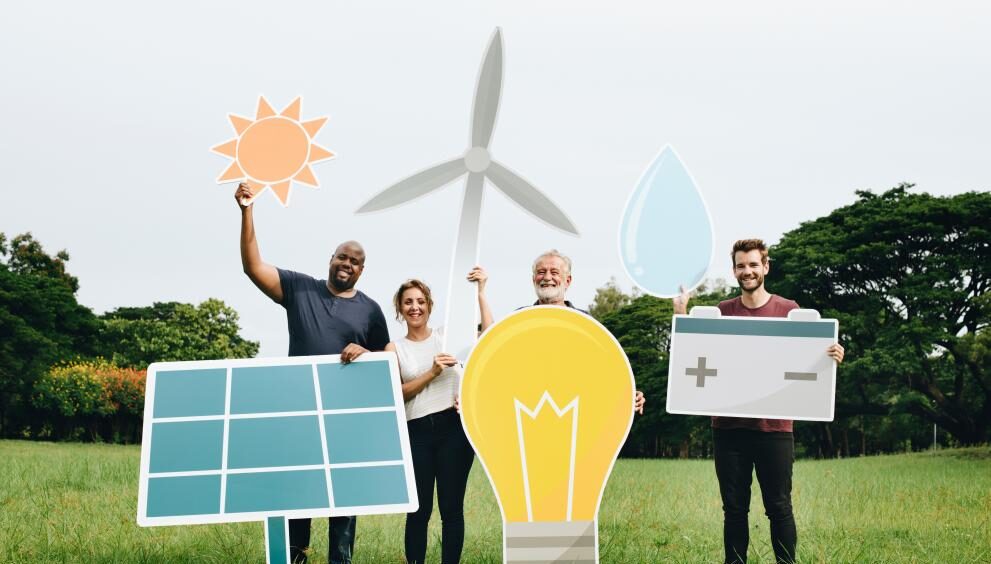Greenhouse gases hit record high in 2022: UN

The three major greenhouse gases – carbon dioxide, methane, and nitrous oxide ,all reached unprecedented levels in 2022
United Nations on 15 November warned, Greenhouse gas concentration in the atmosphere has hit new record highs in 2022 with no sign of scale down.
The UN’s World Meteorological Organisation said levels of the three main greenhouse gases — the climate-warming carbon dioxide, methane and nitrous oxide — all broke records last year.
This type of heat-trapping gases will only lead to rise in temperature, extreme weather and higher sea levels, said the WMO in its 19 annual Greenhouse Gas Bulletin.
The bulletin comes ahead of the November 30-December 12 COP28 UN climate summit in Dubai.
The 2015 Paris Agreement saw countries agree to cap global warming at “well below” two degrees Celsius above average levels measured between 1850 and 1900 — and 1.5C if possible
In 2022, carbon dioxide concentrations were at 418 parts per million, methane at 1,923 parts per billion and nitrous oxide at 336 parts per billion.
These values constitute, respectively, 150 per cent, 264 per cent and 124 per cent of the pre-industrial (before 1750) levels.
Of the three major greenhouses gases, carbon dioxide (CO2) accounts for about 64 percent of the warming effect on the climate.
Global averaged concentrations of CO2 in 2022 were, for the first time, 50 percent above those of the pre-industrial era, and “continued to grow in 2023”, said the WMO.
Atmospheric methane is the second largest contributor to climate change, accounting for around 16 percent of the warming effect.
Methane remains in the atmosphere for only about 10 years, but has a much more powerful warming impact than CO2. Around 80 per cent of greenhouse gas emissions come from G20 countries.
Although the scientific community has a broad understanding of climate change and its implications, there are still some uncertainties about the carbon cycle — and the fluxes in the ocean, the land biosphere and the permafrost areas.
The bulletin called for greater information on certain topics. These included feedback loops in the climate system — for example, increased carbon emissions from soils or decreased carbon uptake by oceans due to climate change.
The WMO is also concerned about so-called tipping points, where a certain level of change leads to a self-accelerating and potentially irreversible cascade of changes. One could be how parts of the Amazon rainforest, long a carbon sink, has now become a source of carbon emissions due to deforestation. The organisation said more information is also needed on non-CO2 greenhouse gases.























































































































































































































































































































































































































































































































































































































































































































































































































































































































































































































































































































